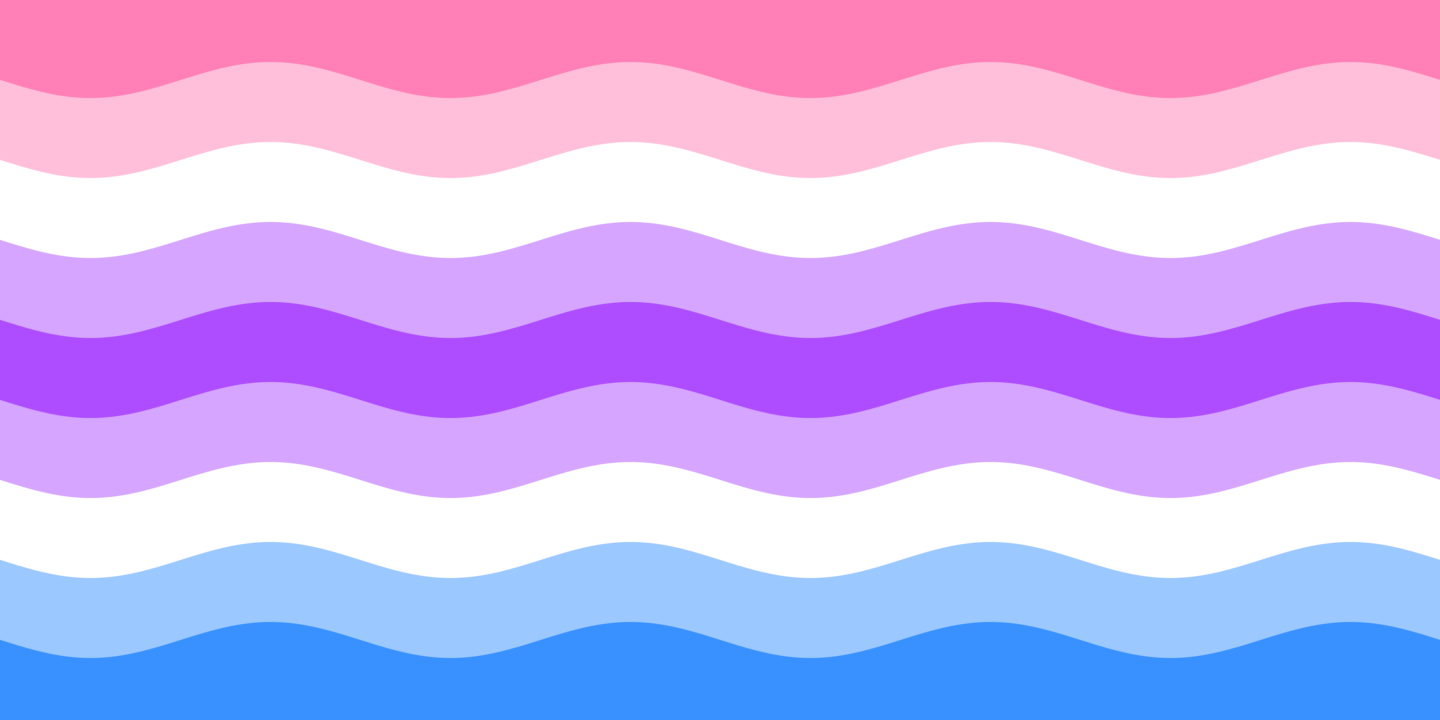Trends
Understanding the Gender Fluid Flag: A Symbol of Diversity and Inclusivity
The Gender Fluid Flag is a symbol that represents the experiences and identities of individuals. Like many other pride flags, this flag shows unity, diversity, and inclusivity within the LGBTQ community. In this article, we will explore the history, meaning, and importance of the Gender Fluid Flag.

Origins and History
The gender fluid flag was created to represent a specific group within the LGBTQ+ community. It was designed by Marilyn Roxie, an artist and activist who identifies as genderqueer, in 2012.
Marilyn Roxie wanted to create a symbol for those whose gender identity doesn’t fit into the traditional categories of male or female. The flag’s design reflects the idea that gender can be fluid and that there are diverse gender identities.
Flag Design
The Flag has five horizontal stripes of different colors. Each color holds a specific meaning and represents an aspect of gender fluidity and identity:
- Pink Stripe: This top pink stripe represents femininity. It symbolizes people who identify with aspects of the female gender spectrum, whether they were assigned female at birth or express themselves in a feminine way.
- White Stripe: The white stripe in the middle symbolizes gender neutrality or the rejection of gender binaries. It represents those who don’t identify as strictly male or female and may prefer a more fluid or non-binary gender identity.
- Purple Stripe: The purple stripe beneath the white represents a mix of both femininity and masculinity. It symbolizes those who identify as a blend of both genders or experience their gender identity as a combination of male and female.
- Black Stripe: The black stripe symbolizes the absence of gender or the rejection of gender norms. It represents those who may identify as agender, genderqueer, or non-binary, and it stands for the lack of a specific gender identity.
- Blue Stripe: The blue stripe at the bottom represents masculinity. It symbolizes individuals who identify with aspects of the male gender spectrum, whether they were assigned male at birth or express themselves in a masculine way.
The flag’s design aims to reflect the diverse experiences and identities of gender fluid individuals. It emphasizes the freedom to express one’s gender identity authentically and without constraints.
The Significance of the Gender Fluid Flag
- Visibility and Representation: The Gender Fluid Flag helps gender fluid individuals feel acknowledged and seen in the world today.
- Education and Awareness: Pride flags, including the Gender Fluid Flag, play a vital role in educating society about the existence and diversity of gender identities. They promote understanding, empathy, and acceptance.
- Community and Support: Seeing the Gender Fluid Flag can be comforting for many gender fluid individuals, reminding them that they are not alone. It fosters a sense of community and support within the LGBTQ+ community and beyond.
- Challenging Gender Norms: By representing gender as fluid and non-binary, the Gender Fluid Flag challenges traditional gender norms and encourages society to rethink its understanding of gender.
Conclusion
The Gender Fluid Flag is a vibrant symbol of diversity, inclusivity, and self-expression. It represents the various ways individuals experience and express their gender identity.
As society continues to evolve in its understanding of gender, the Gender Fluid Flag stands as a beacon of hope and a reminder that everyone should be free to express their authentic selves, regardless of societal expectations.
It is a symbol that celebrates the beautiful spectrum of gender identities and encourages acceptance and support for all.

Pingback: Everything You Need To Know About The Akatsuki Cloud in Naruto Shippuden | vuzacast